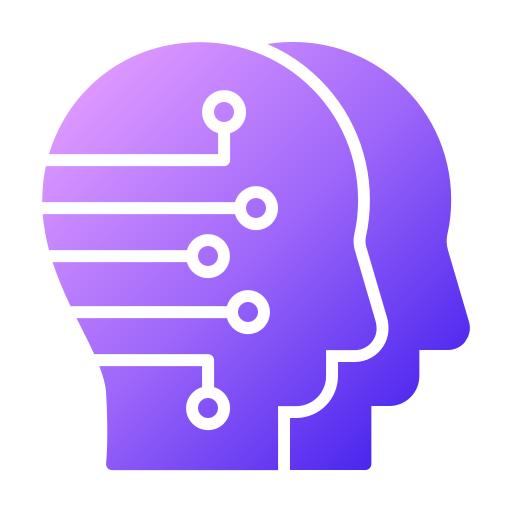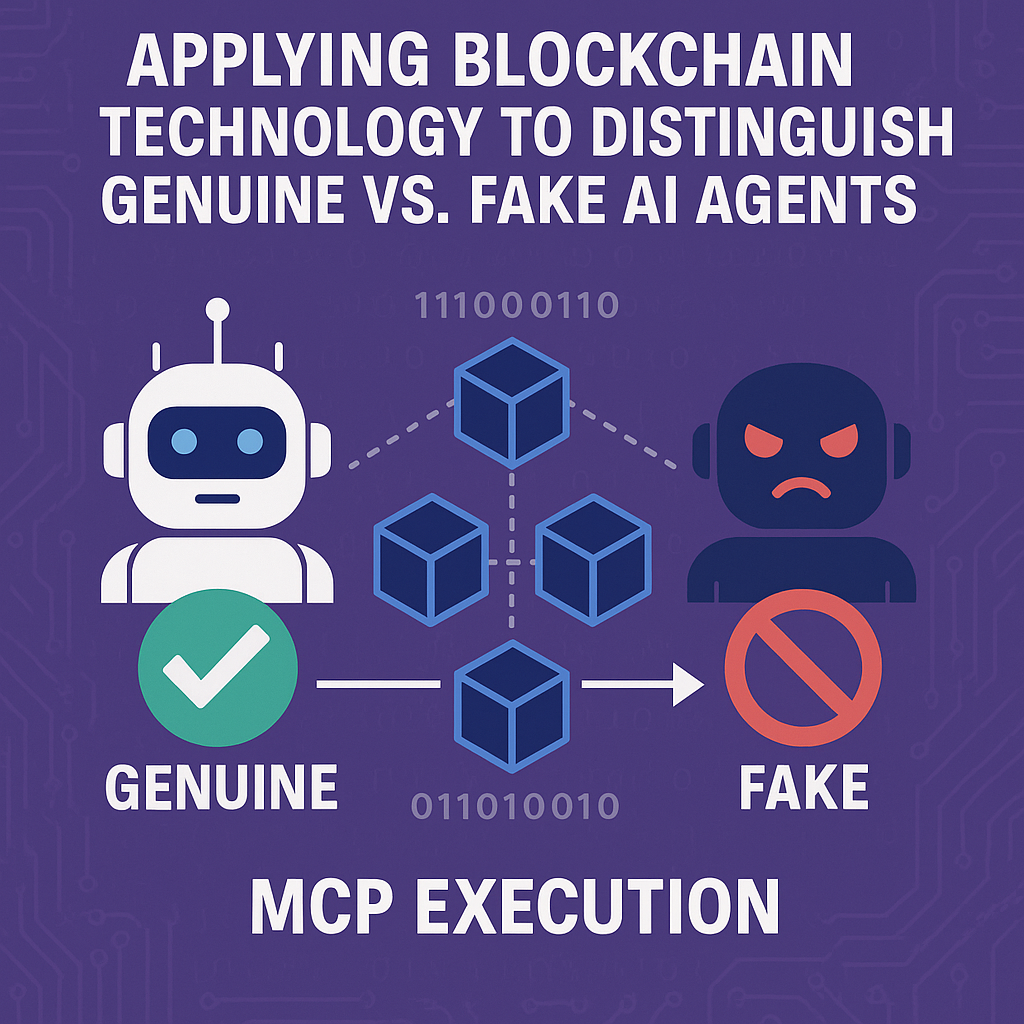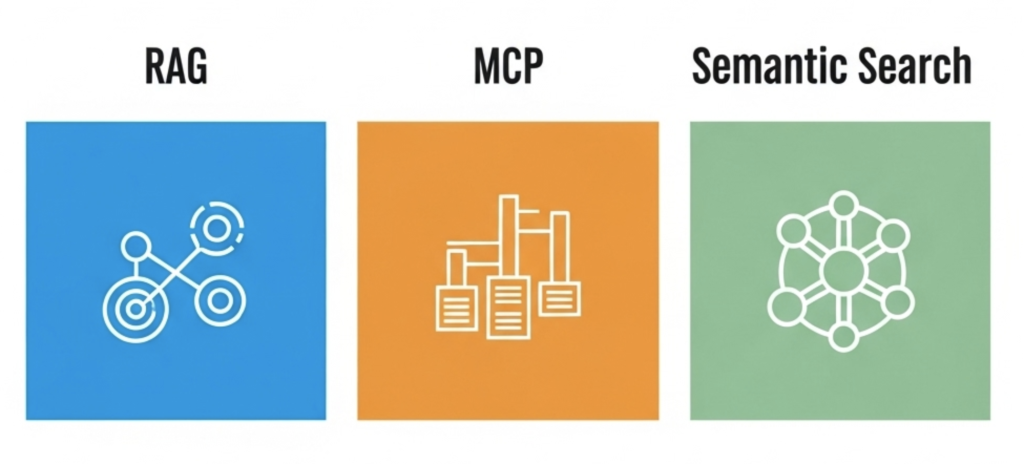
In the world of AI-powered chatbots, Retrieval-Augmented Generation (RAG) is a game-changer. Instead of relying solely on what a language model “knows” at training time, RAG combines the power of retrieval and generation to deliver accurate, up-to-date, and context-rich responses.
🧠 What Is RAG?
RAG is a technique that enhances generative AI models by allowing them to access and incorporate external information—such as FAQs, help docs, or website content—stored in a knowledge base or a vector database. This makes the responses not only more accurate but also specific to your business or domain.
🔍 How RAG Works
1. Document Ingestion
First, you upload your own documents (e.g., FAQs, support articles, product manuals, internal knowledge) into a vector database. Each chunk of text is converted into an embedding—a numerical representation of meaning.
2. Query Time Retrieval
When a user asks a question, the system retrieves the most relevant chunks of information from the vector database.
3. Response Generation
The retrieved information is passed to a large language model (LLM), which uses it to generate a natural, accurate response.
✅ Benefits of Using RAG
• Higher Accuracy: The model references real data instead of guessing.
• Better Relevance: Answers are customized to your exact documents and use cases.
• Fewer Hallucinations: Reduces the risk of the AI generating incorrect or fictional answers.
• Domain Adaptation: Easily supports niche industries and internal company use.
🔧 Applications of RAG
• AI Customer Support: Build chatbots that can instantly answer customer questions using your existing documentation.
• Internal Q&A Assistants: Employees can ask internal systems questions about HR, IT, or company policy.
• Content Creation: Draft reports or documents using retrieved data from internal wikis or databases.
• Developer Tools: Let AI generate code suggestions using your team’s codebase or knowledge base.
By combining your data with the generative power of LLMs, RAG lets you create intelligent, customized AI assistants that are grounded in your reality—not just the model’s pretraining.



